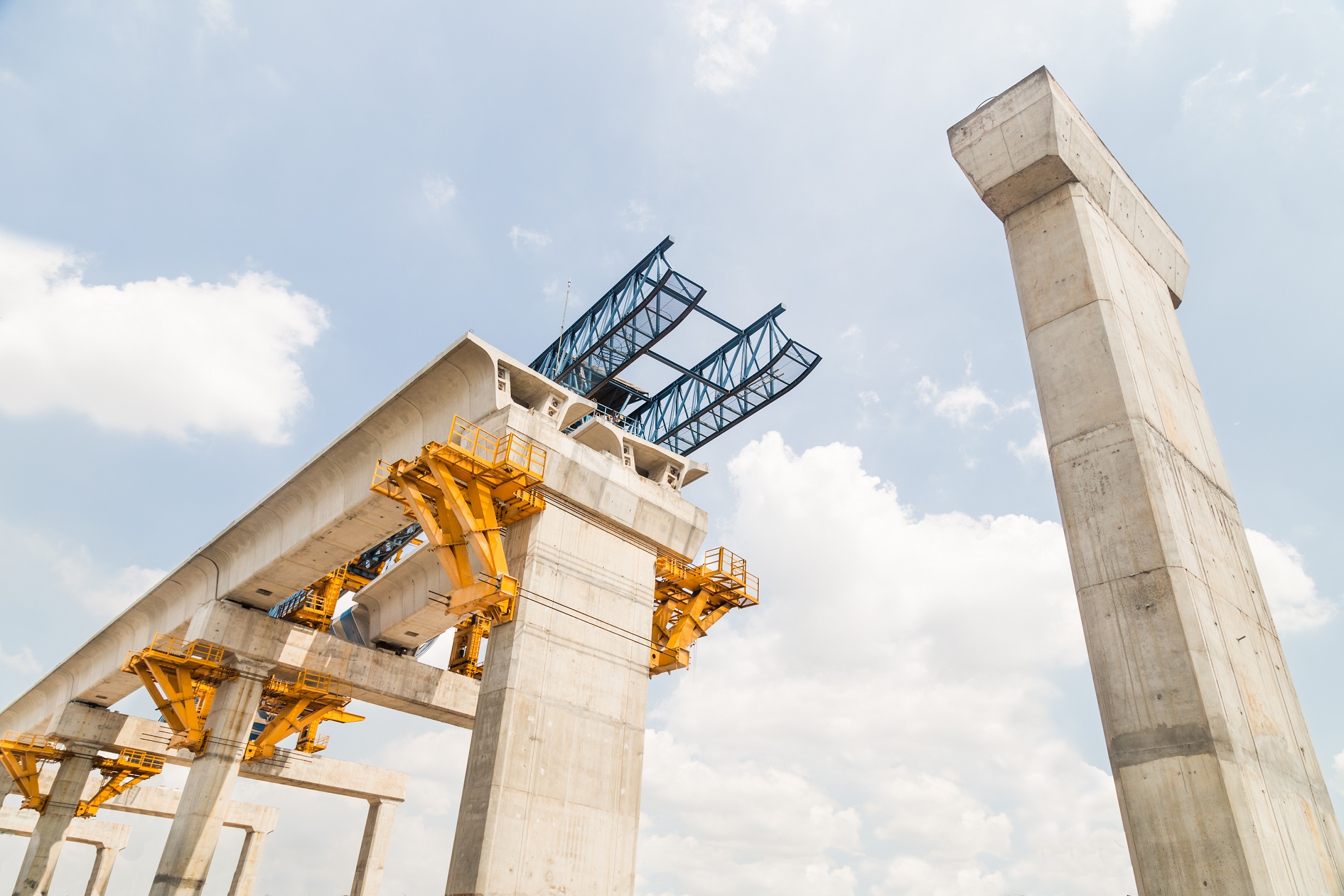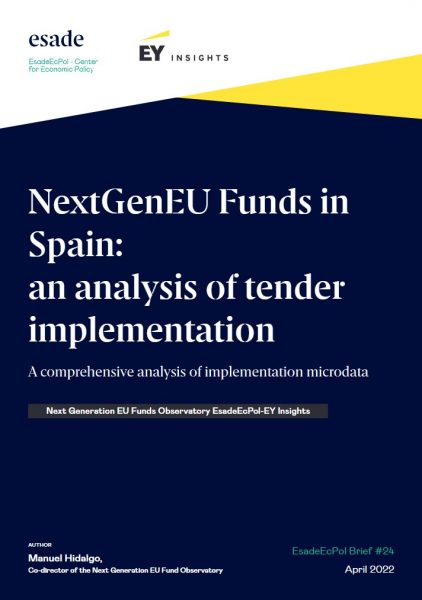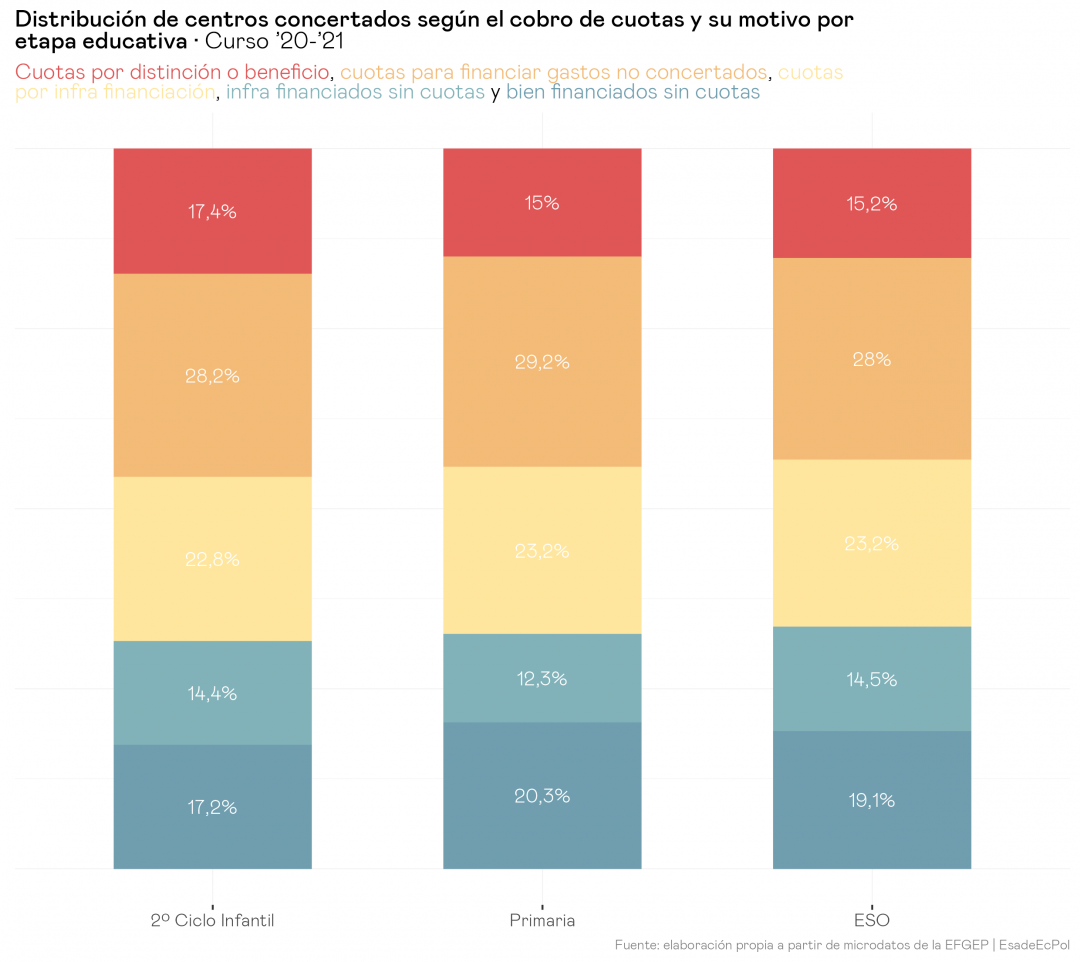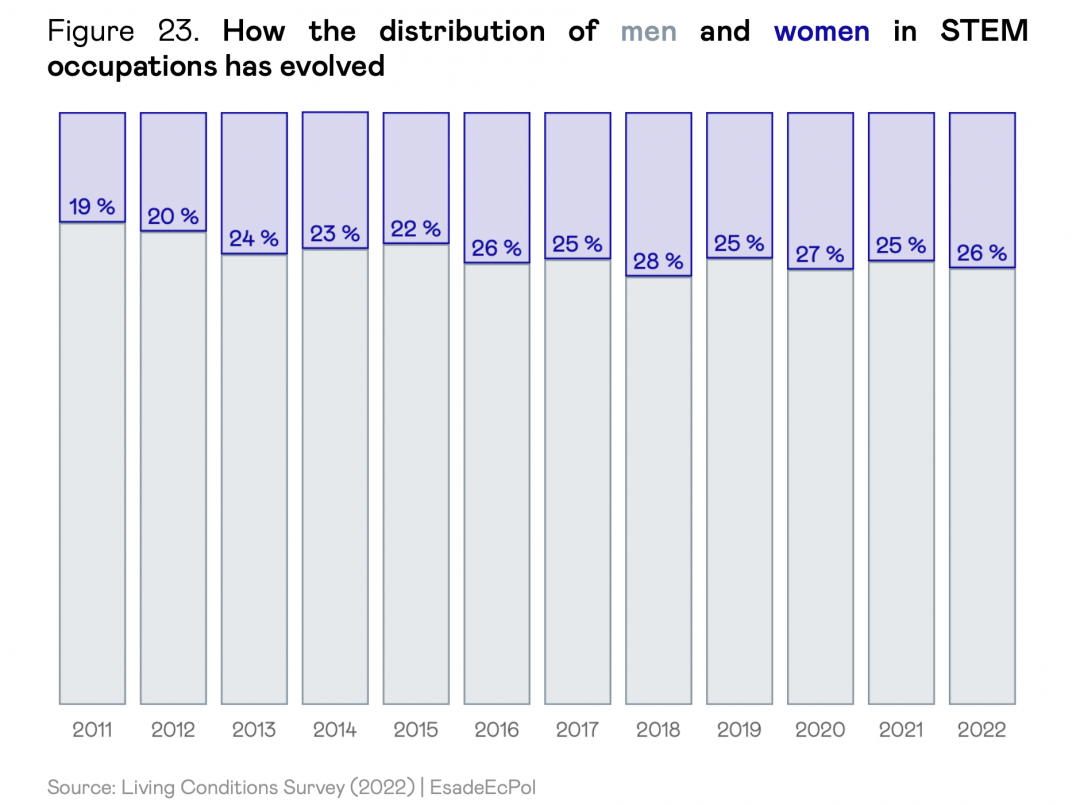
NextGenEU Funds in Spain: an analysis of tender implementation
Manuel Hidalgo Pérez
3 May, 2022
This policy brief analyses the initial results produced by a tool for monitoring the implementation of European funds that we have developed in the NextGeneration EU Funds Observatory managed by EsadeEcPol-EYInsights.
The tool is an algorithm that enables automatic searches of the real-time information on NEXT-EU funds (RRM and REACT-EU) now available in a disorderly manner in various Spanish government databases. The tool is used to report on who is implementing these European funds, what is being implemented, and how the task is managed. In this report, we show the results obtained during the implementation of the Recovery, Transformation & Resilience Plan through tenders up to February 2022.
Main messages:
- The implementation of the plan through tenders has grown throughout 2021 and early 2022 – with very modest beginnings but accelerating by the end of the year. As of 28 February 2022, published tenders amounted to almost €5 billion.
- To date, it is state-owned organizations that have tendered the fastest (accounting for more than 50% of tenders and totaling more than €2.7 billion) and this may reflect their greater administrative ability to manage public funds. These organizations are followed by the general state administration (which has received approximately half the investment received by stateowned organizations) and then regional governments with just over €800 million. Lastly, local councils have a token presence for the moment, and this may be explained by the cascaded distribution of these funds by the general state administration to the other state administrations (a chain in which local councils are the last link).
- The state-owned organization that has taken the leading role to date has been ADIF (the national railway infrastructure manager) which has tendered close to 2.5 billion euros, around half of the total European funds tendered so far. The focus of the tenders has been the construction of infrastructure – as revealed by data on the main organizations implementing the funds and the fact that the main goods and services contracted are listed under the headings “land transport services” and “construction”.
- We found that the tenders have been awarded in approximately the same period of time as similar tenders financed by other funds, and that they have been awarded mainly to temporary joint ventures (TJVs) and corporations (mostly civil engineering companies).
- Tenders are concentrated in infrastructure and construction: 70% of the total is dedicated to construction.
- In the ranking of regional governments, Castile-La Mancha and Galicia lead in tenders with more than €200 million, while Catalonia, La Rioja, Melilla, and Navarre are at the bottom with less than €5 million activated for each. In terms of ministries, the Ministry of Health accounts for more than 70%.
- Investments have been geographically localized both by the location described in the calls for tenders and by the postal code of the head office of the awarded companies, and we can confirm that a large part been awarded to organizations near Madrid (around 10% of the tenders as of February 2022 are located in the municipal district: representing nearly €500 million of the almost €5 billion tendered) and other provincial capitals. However, the rapid action of some public administrations, in particular the regional governments, has managed to disperse aid to other geographical areas.

Read the full article:



